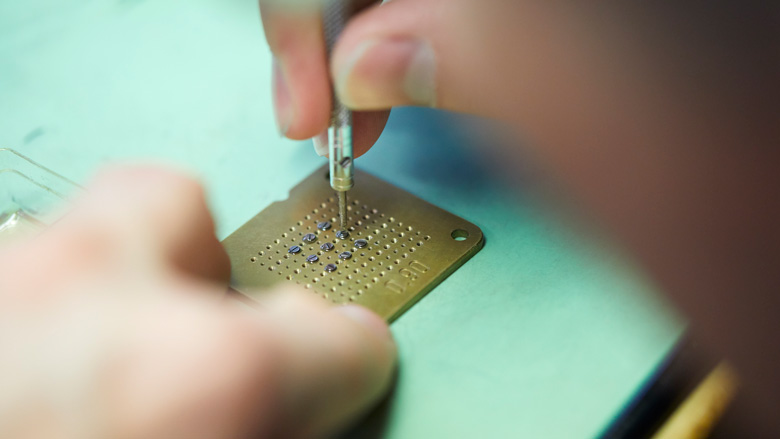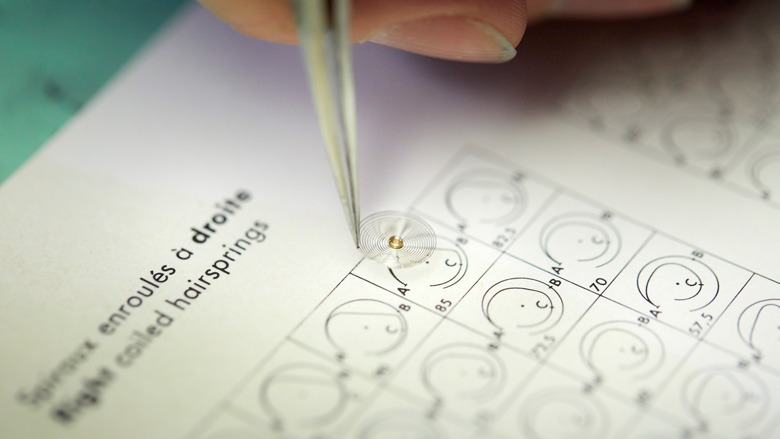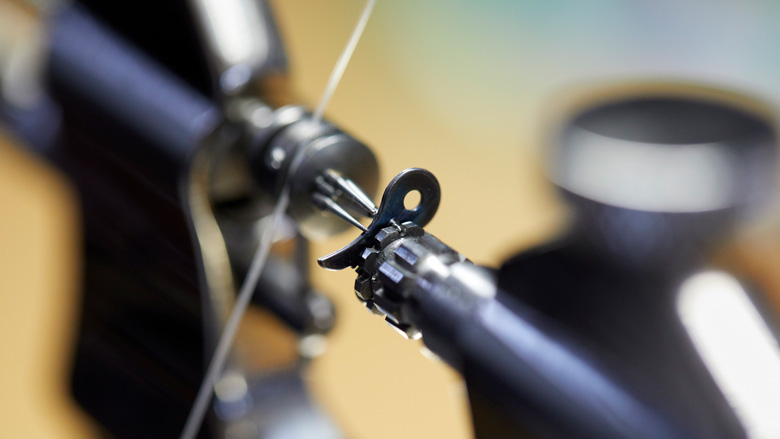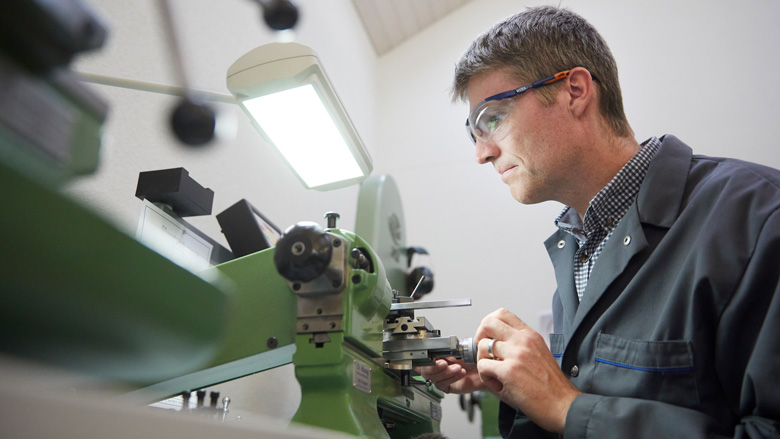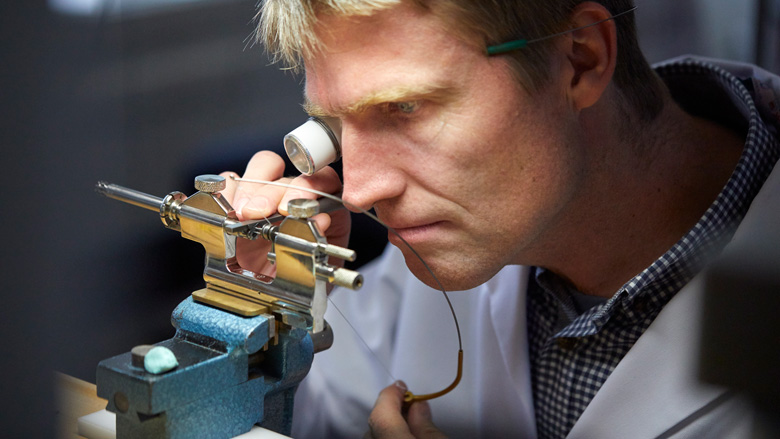
Naissance d’une Montre Explores Handmade Watches
Many, if not most, watchmakers today are simply the last in the long chain of specialists required to make a modern watch – assembling, rather than making, prefabricated parts into a working machine.
However, complete watchmakers have to be able to calculate, design and make those parts, each requiring different skills. They also need very broad knowledge, ranging from mathematics to metallurgy. Below are some of the techniques and tools that complete watchmakers need to master to make watches in the traditional way.
Screws with a Twist: Screws were one of the first industrial commodities to be standardized and all of the screws used in watchmaking today conform to the Swiss watch industry’s NIHS standards. Today it’s almost unheard of for a watch manufacturer to make its own screws when screws of every pitch and dimension are available for a few cents.
Yet it is important for the complete watchmaker to know how to make screws in case they have to, for example, replace a non-standard screw in an antique watch.
Bent Springs: Abraham-Louis Breguet is credited with the discovery that if you bend the outer end of a flat balance spring up over the plane of the spring and towards its center, it allows the spring to expand and contract more concentrically. This is important because a spring that wobbles from side to side as it oscillates disturbs the rate and amplitude of the balance, especially one with a relatively slow frequency.
Several watchmakers have since improved on the Breguet overcoil, by bending the end of the spring in a variety of calculated shapes designed for different balance frequencies and inertias.
Taking a Bow: The Jacot tool is one of the most iconic watchmaking tools, especially when powered by hand with a horsehair bowstring wrapped around a ferrule. The latter is a small lathe that has been used for centuries for delicate work on tiny parts, mainly the pivots of wheel shafts and arbors. These are the hardened tips that turn in, or on, the jewel bearings, and are critical to the precision, reliability and longevity of the movement. Pivots are also one of the most fragile parts and often the first to break if the watch receives a severe shock. The pivots have to have extremely precise dimensions and be hard, straight and smooth to perform reliably.
Under the aegis of the Time Æon Foundation, Robert Greubel, Stephen Forsey, Felix Baumgartner and Martin Frei have decided to support the project of two talented watchmakers for Naissance d’une montre 2. Under the benevolent gaze of their elders, these two watchmakers will create from scratch, by hand, an exceptional watch. Then in turn they will pass on their experience and knowledge.

